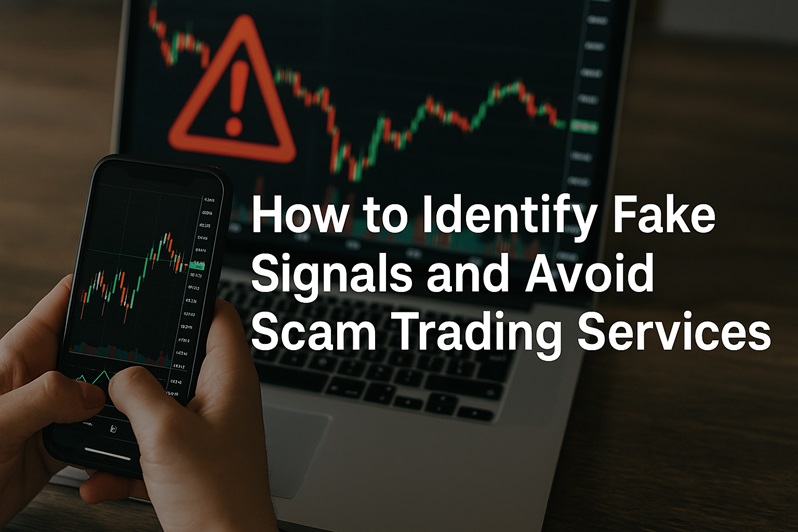
The popularity of trading signals in the Forex and cryptocurrency markets has grown significantly, promising quick profits and simplified trading. But with this rise comes a surge of fraudulent providers aiming to deceive traders. Learning how to recognize fake signals and avoid scam trading services is a vital skill for anyone serious about long-term success in financial markets.
Recognizing the Red Flags of Fake Signals
One of the first signs of a scam is an unrealistic promise. Services that guarantee daily profits or extremely high win rates often rely on psychological manipulation rather than sound analysis. These scams use aggressive marketing tactics and often lack transparency about their team, strategies, or past performance.
Another indicator is the absence of verified results. Legitimate signal providers typically offer third-party verified performance data or track records through platforms like Myfxbook. Scammers, on the other hand, either don’t provide data or use fabricated screenshots of trades. Additionally, they may discourage critical questions or offer only vague answers when pressed for proof.
Characteristics of Trustworthy Signal Providers
Reliable signal providers operate with transparency, provide clear risk disclosures, and maintain consistent communication. They often explain the reasoning behind their signals and encourage responsible trading practices. Trustworthy services will also have an accessible support team, clear pricing without hidden fees, and a presence across reputable online platforms.
It’s also important to assess the educational value. Reputable providers don’t just sell signals—they help traders grow. Whether through trading insights, webinars, or strategy breakdowns, educational support is often a hallmark of a legitimate service.
Best Practices to Stay Safe in the Trading Signal Space
Before committing to a service, take the time to research online reviews, social media presence, and trading forums. Look for genuine user feedback rather than paid testimonials. Testing the service with a demo or low-capital account is also recommended to evaluate its reliability.
Practicing personal risk management and not relying solely on external signals helps develop trading independence. Even the best providers have losing streaks, and understanding how signals fit into your own trading plan is key to long-term success.
Conclusion
Scam trading services prey on emotion and inexperience. By focusing on transparency, education, and independent verification, traders can shield themselves from fake signals and build a reliable foundation for growth. Staying cautious and informed is your best defense—invest in knowledge, not hype.
FAQs
What are the most common signs of a fake trading signal?
Unrealistic promises, lack of verified results, and vague explanations are typical red flags.
Can I trust free signal providers?
Some free services are legitimate, but many lack consistency or accountability. Always test before using.
How can I verify a provider’s results?
Check if they use platforms like Myfxbook or FX Blue for transparent performance tracking.
Are paid signal services worth the cost?
It depends on their performance, transparency, and the value they offer beyond the signals themselves.
Should I base my trades solely on signals?
No. Use them as a tool within a broader trading strategy to avoid dependency and promote personal growth.
